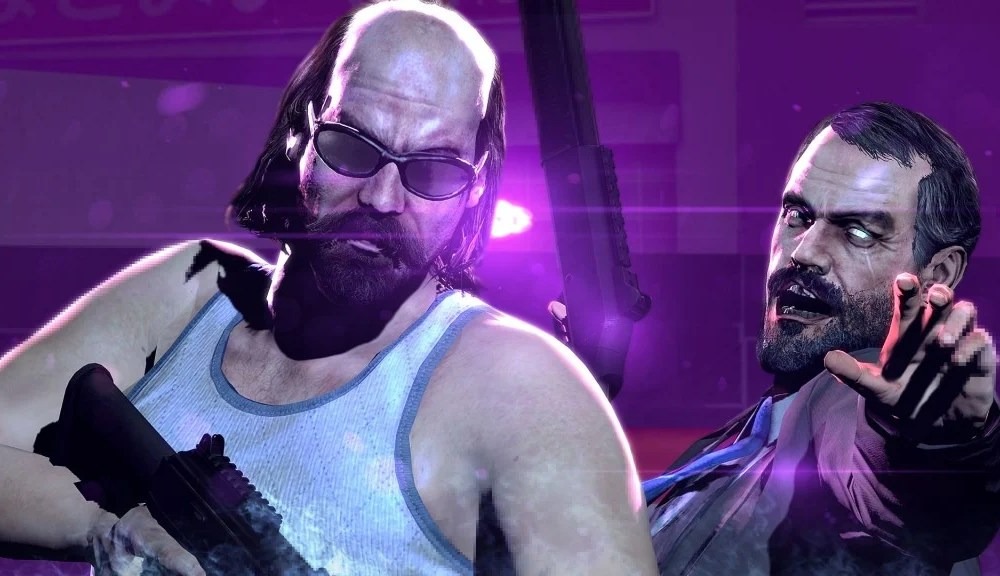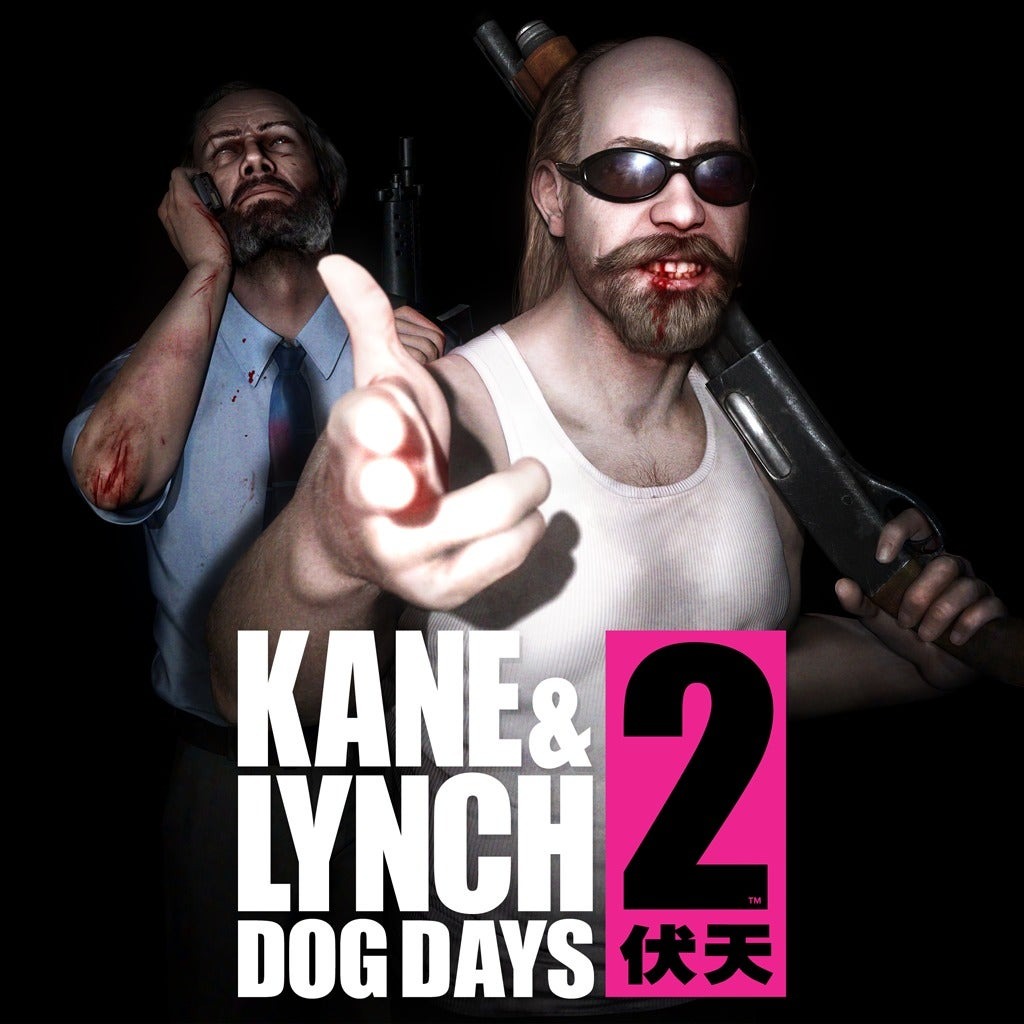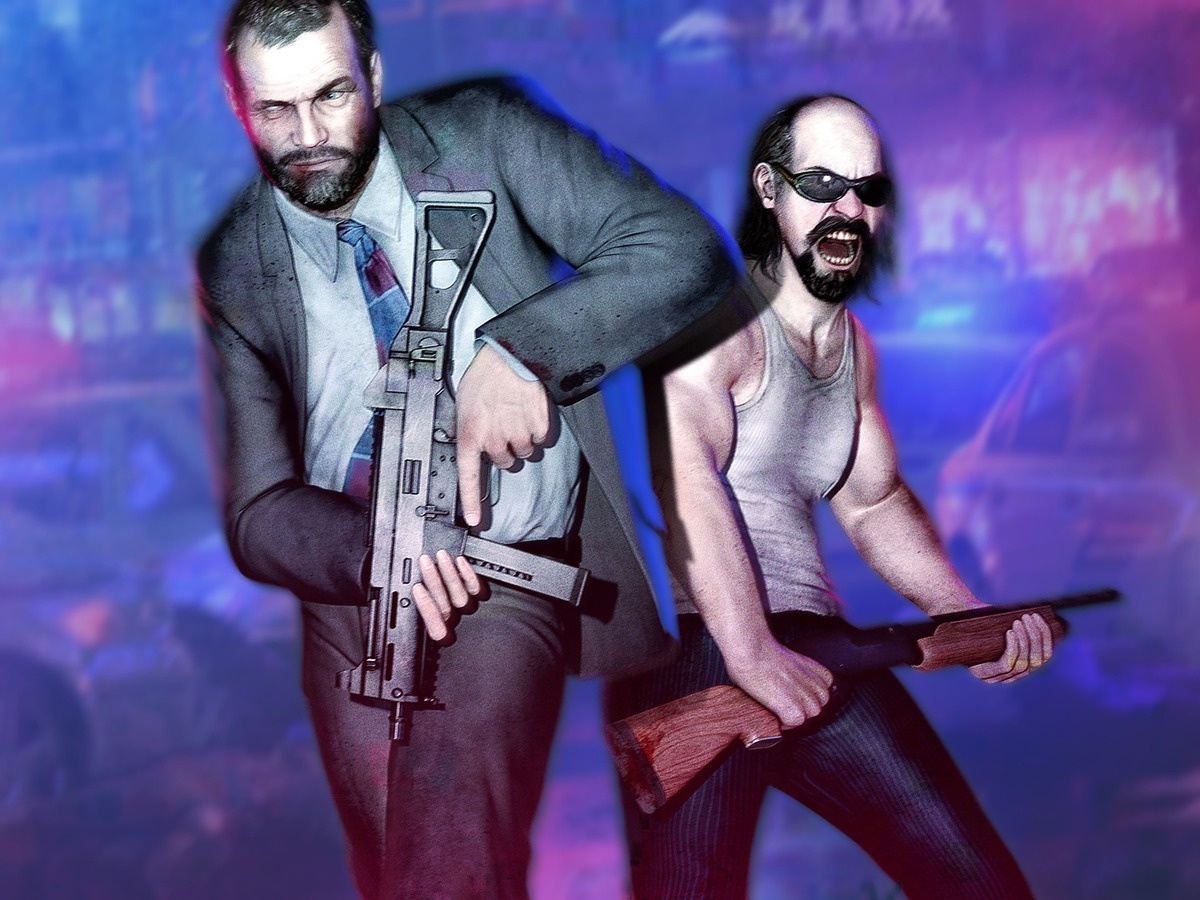15 Years of Misery: Why Kane & Lynch 2: Dog Days Still Holds the Crown
Popular Now
 Today marks the 15th anniversary of Kane & Lynch 2: Dog Days, a game that defied convention and unapologetically embraced a brutal, nihilistic aesthetic. Released on August 17, 2010, the title from IO Interactive was met with a polarized reception. Critics were divided, with some praising its unique vision and others condemning its frustrating gameplay and nauseating presentation. A decade and a half later, in an era of polished, cinematic shooters, Kane & Lynch 2 remains a landmark title, not for its mechanics, but for its unblinking portrayal of violence and misery. It is still, without question, the most relentlessly miserable game of all time—and it’s still brilliant for it.
Today marks the 15th anniversary of Kane & Lynch 2: Dog Days, a game that defied convention and unapologetically embraced a brutal, nihilistic aesthetic. Released on August 17, 2010, the title from IO Interactive was met with a polarized reception. Critics were divided, with some praising its unique vision and others condemning its frustrating gameplay and nauseating presentation. A decade and a half later, in an era of polished, cinematic shooters, Kane & Lynch 2 remains a landmark title, not for its mechanics, but for its unblinking portrayal of violence and misery. It is still, without question, the most relentlessly miserable game of all time—and it’s still brilliant for it.
The game’s “unconventional and experimental” approach, as its developers described it, was apparent from the moment you started. The entire experience is framed as if viewed through a shaky, hand-held camcorder. The visuals are deliberately low-fidelity, with lens flares, digital artifacts, and a pixelated filter applied to all of the game’s most graphic violence. The sound design is equally jarring, with audio cutting out or distorting in moments of intense action. This aesthetic, inspired by amateur filmmaking and online “LiveLeak” videos, was a bold choice that immediately set the game apart from its contemporaries like Gears of War and Call of Duty, which were focused on cinematic grandeur and hero worship. In contrast, Kane & Lynch 2’s world is dirty, broken, and utterly devoid of heroism. It’s an “anti-game,” a deliberate attempt to make the player feel uncomfortable and complicit in the chaos.
 A Journey into Hell
A Journey into Hell
The story, a follow-up to the equally troubled Kane & Lynch: Dead Men, is a descent into a nightmarish, four-hour spiral of violence and betrayal. Set over two days in Shanghai, the plot is simple: a job gone wrong forces the two protagonists to go on the run from every criminal organization and law enforcement agency in the city. There are no heroic moments or grand set pieces; every victory is a desperate, bloody escape. The narrative is a constant escalation of suffering, with the two criminals facing torture, humiliation, and constant peril. The game takes no pleasure in their actions; it simply documents them. This raw, unflinching perspective is a core part of its enduring appeal. While other games of the era glorified violence, Kane & Lynch 2 portrays it as it is: ugly, chaotic, and with lasting consequences.
The gameplay, while mechanically simple, serves this brutal narrative. The cover system is sticky, the aiming is imprecise, and you are always outnumbered and outgunned. You feel weak, vulnerable, and always on the back foot. This deliberate design choice, which was a source of frustration for many at launch, is now seen by some as a stroke of genius. It forces players to embody the desperation of Kane and Lynch. You’re not a super-soldier; you’re just a cornered animal fighting for its life. This lack of a power fantasy is what makes the game’s short runtime feel so impactful. Any longer, and the relentless misery would have been too much to bear. The fact that the experience is so brief feels like a final admission from the developers that any more of this horror show would be truly unbearable.
 A Legacy of Subversion
A Legacy of Subversion
The legacy of Kane & Lynch 2 is not just in its presentation or its brief campaign. It’s in how it challenged the conventions of the shooter genre. In a period filled with ultra-violent games that celebrated their brutality, Kane & Lynch 2 did the opposite. It made violence feel repulsive. It is often mentioned in the same breath as Spec Ops: The Line, another title that sought to deconstruct the genre, but where that game used a cynical, self-aware narrative, Kane & Lynch 2 achieved its commentary through raw, unfiltered design. It’s a game about horrible people doing horrible things in a horrible world, and it takes no pride in it. The game’s multiplayer mode, “Fragile Alliance,” which allows players to betray their teammates and run off with the loot, perfectly captures this theme of self-preservation at all costs. It’s a game that is as cynical as its protagonists.
Fifteen years after its release, Kane & Lynch 2: Dog Days remains a fascinating piece of gaming history. It’s a testament to what a developer can achieve when it fully commits to a singular vision, no matter how unpleasant. While it may not be a game you “enjoy” in the traditional sense, it is an experience that you will not forget. It stands as a powerful and uncompromising work that proves that sometimes, a game’s greatest strength is its ability to be truly, relentlessly miserable.